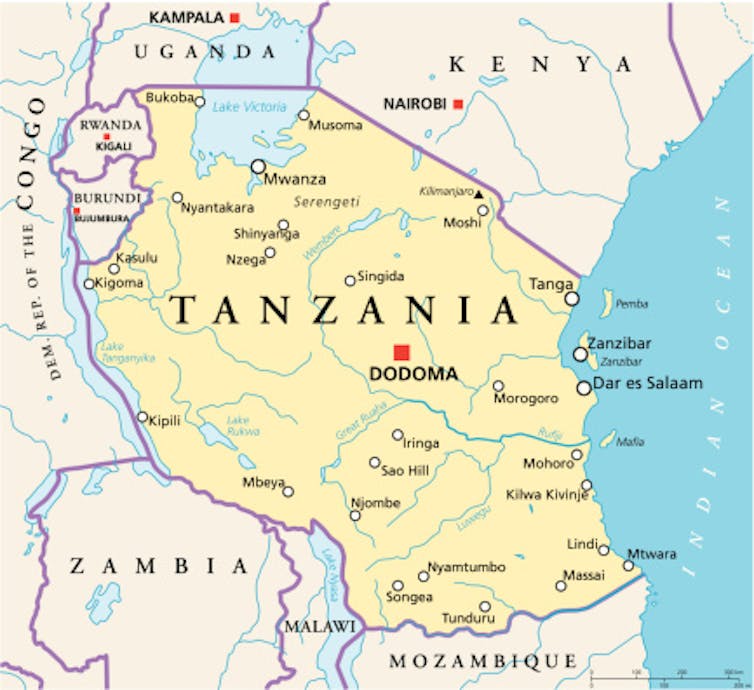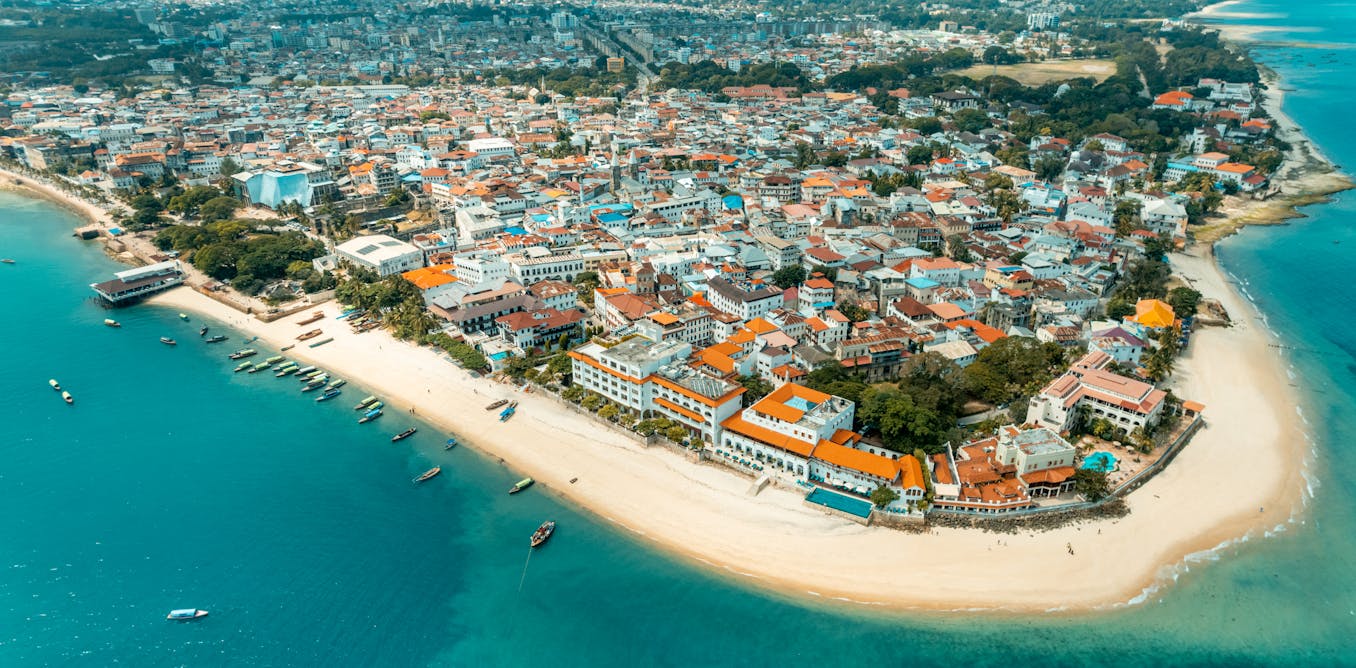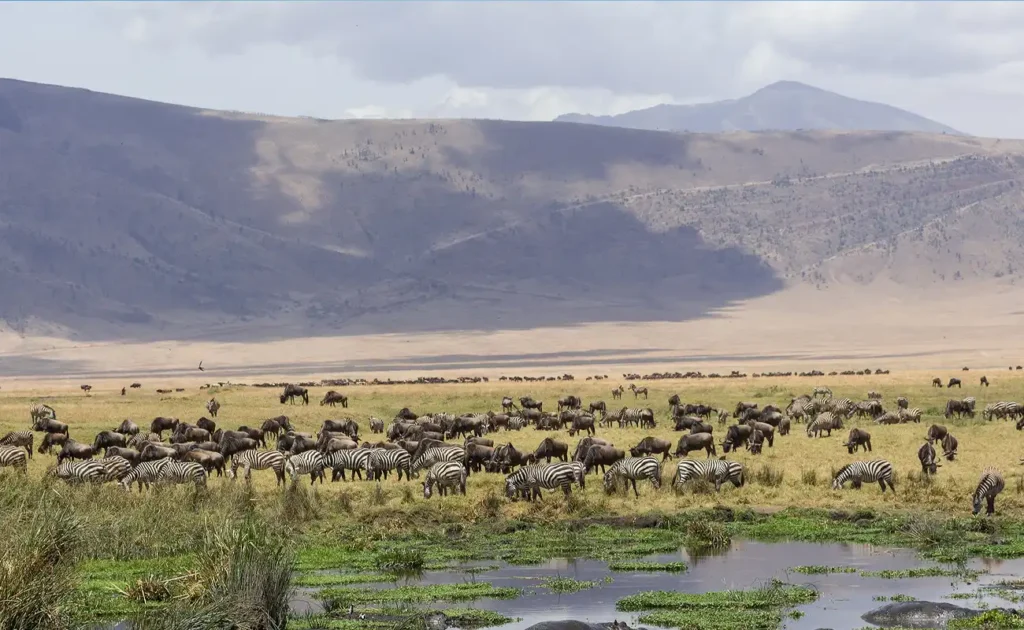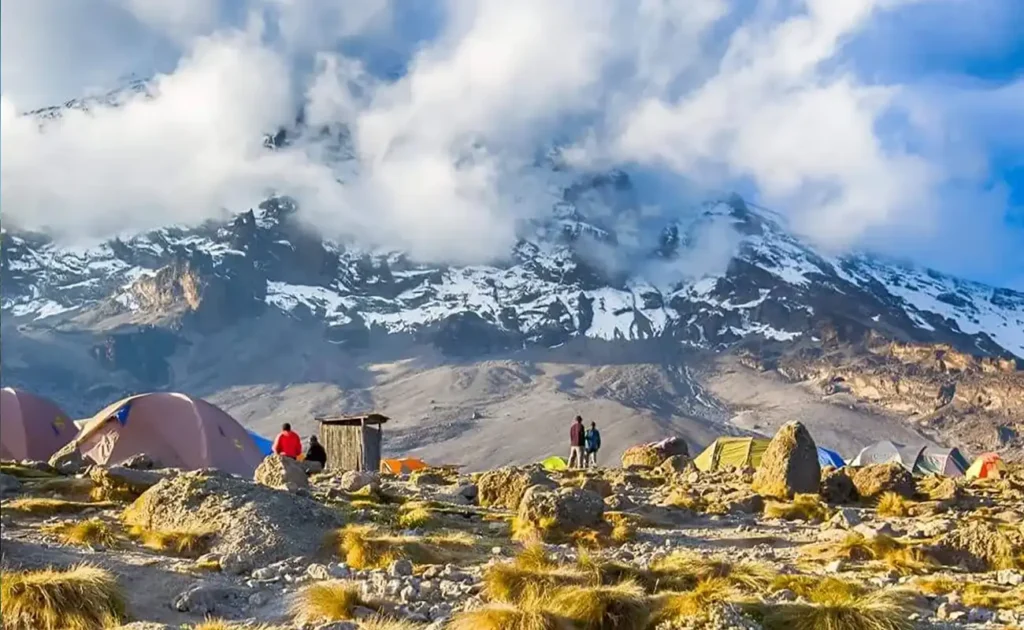It’s intriguing to note that Zanzibar, with its rich tapestry of history and culture, has a distinct political relationship with the mainland of Tanzania. One might wonder how this semi-autonomous relationship manifests in the daily governance of these lands. The union, formed in 1964, has been a subject of both admiration and skepticism over the decades.
This relationship is grounded in mutual respect and shared governance, with the United Republic of Tanzania comprising Tanganyika and Zanzibar. The unique arrangement allows Zanzibar its own government and legislative authority, while national matters are handled by the federal government. According to a 2021 statistic, 90% of Zanzibarians feel a strong connection with their identity, balancing their loyalty between the local government and the national framework. This delicate political balance exemplifies the complexities of their coexistence.

Overview of Tanzania-Zanzibar Political Structure
The political structure of Tanzania includes a unique union between Tanganyika and Zanzibar. This union, formed in 1964, has created the United Republic of Tanzania. Tanzania’s governance is divided between the federal government and Zanzibar’s local government. The President of Tanzania oversees the entire republic, while Zanzibar has its own President for local matters. This structure ensures that both entities work together while maintaining some degree of autonomy.
Zanzibar’s semi-autonomous status allows it to manage its internal affairs independently. This means that Zanzibar has its own parliament and executive branch. However, key national issues like defense and foreign affairs are managed by the federal government. This dual system has helped maintain stability and cooperation between the two regions. It also allows for tailored policies that cater specifically to Zanzibar’s needs.
One interesting aspect of this political arrangement is the representation in the Tanzanian Parliament. Zanzibar sends members to the Union Parliament, ensuring their interests are represented at the national level. This setup allows for balanced decision-making that considers the viewpoints of both regions. Additionally, Zanzibar has its House of Representatives for local legislative matters.
To better understand the power distribution, here is a simple rundown:
- Federal Government: Manages national defense, foreign affairs, immigration.
- Zanzibar Government: Handles internal policies, education, local health services.
This division of responsibilities helps maintain peace and functionality within the union. It showcases a working relationship between two distinct political entities.
Key Elements of the Union Between Tanzania and Zanzibar
The union between Tanzania and Zanzibar revolves around mutual cooperation and shared governance. At its core, the union incorporates both political and economic agreements. These agreements ensure that while Zanzibar maintains a level of autonomy, it stays integrated with Tanzania’s overall structure. This balance helps address regional needs effectively. Cooperation is key to the union’s success.
Key elements of the union include shared governance roles and responsibilities. The President of Tanzania handles matters that affect the whole country, while Zanzibar has its own President for local issues. This dual leadership ensures focus on both national and regional priorities. Additionally, representative bodies like the Union Parliament and Zanzibar’s House of Representatives facilitate legislative processes. Each has distinct areas of jurisdiction.
In the economic realm, the union promotes collaborative development projects. A strong emphasis on trade, tourism, and infrastructure development is evident. Shared economic initiatives help strengthen the overall economy. This collaborative approach benefits both regions greatly. It ensures that both Tanganyika and Zanzibar grow together.
Here are some critical aspects of the political and economic union:
- Shared Presidential Leadership
- Distinct Legislative Bodies
- Joint Development Initiatives
- Integrated Economic Policies
These elements illustrate how the union maintains harmony while allowing flexibility for regional governance. This unique structure is vital for the success and stability of the United Republic of Tanzania.
The Historical Context of the Tanzania-Zanzibar Union
The Tanzania-Zanzibar union has its roots in the post-independence era. Shortly after gaining independence, Tanganyika and Zanzibar sought to strengthen their political and economic ties. In 1964, the two sovereign states united to form the United Republic of Tanzania. This union was aimed at fostering stability and cooperation. The merging of these entities marked a significant step forward for East Africa.
Historical events leading up to the union were marked by colonial struggles and aspirations for self-governance. Tanganyika gained independence from British rule in 1961, and Zanzibar followed suit in 1963. The shared goals of self-determination made the idea of a union appealing. This historical backdrop provided a solid foundation for the union. The leaders of both regions were committed to this vision.
The union was also driven by mutual security concerns. During the early 1960s, there were regional tensions and the potential threat of external influence. By uniting, Tanzania and Zanzibar could better protect their sovereignty. This strategic alliance helped maintain peace. The collaboration also promoted national unity.
To understand the historical context, consider these key events:
- 1961: Tanganyika gains independence
- 1963: Zanzibar gains independence
- 1964: Formation of the United Republic of Tanzania
These milestones highlight the evolutionary path of the union. They underscore the collaborative spirit that forged a united political front in the region.
Current Political Dynamics in Tanzania and Zanzibar
The political landscape in Tanzania and Zanzibar is intricate and diverse. Both regions operate under the shared framework of the United Republic of Tanzania. However, they maintain distinct political identities. While Tanzania has significant central control, Zanzibar enjoys considerable autonomy. This balance helps both regions address their unique challenges.
In recent years, elections in both regions have garnered significant attention. Zanzibar’s elections are particularly noteworthy due to its semi-autonomous status. The process often sees vibrant campaigns and strong voter turnout. However, tensions can sometimes arise during electoral periods. Ensuring fair and transparent elections remains a priority for both governments.
A central component of the union’s political dynamics is the distribution of power. The President of Tanzania holds authority over national matters, while Zanzibar has its President for local issues. This dual leadership structure allows targeted governance. Representatives from Zanzibar also serve in the Union Parliament. This ensures their voices are heard on matters affecting the entire country.
Economic development initiatives are another key aspect of current political dynamics. Both governments are focusing on projects that promote growth and development. There are ongoing efforts to enhance infrastructure, boost tourism, and improve healthcare. Collaborative projects benefit both regions. This approach helps in building a stronger economy overall.
Despite the cooperation, some political tensions persist. Debates about the level of autonomy and governance models are ongoing. The key is maintaining a balance that respects Zanzibar’s semi-autonomous status while fostering national unity. Open communication and negotiation are essential. Both governments work towards finding solutions that serve their citizens well.




